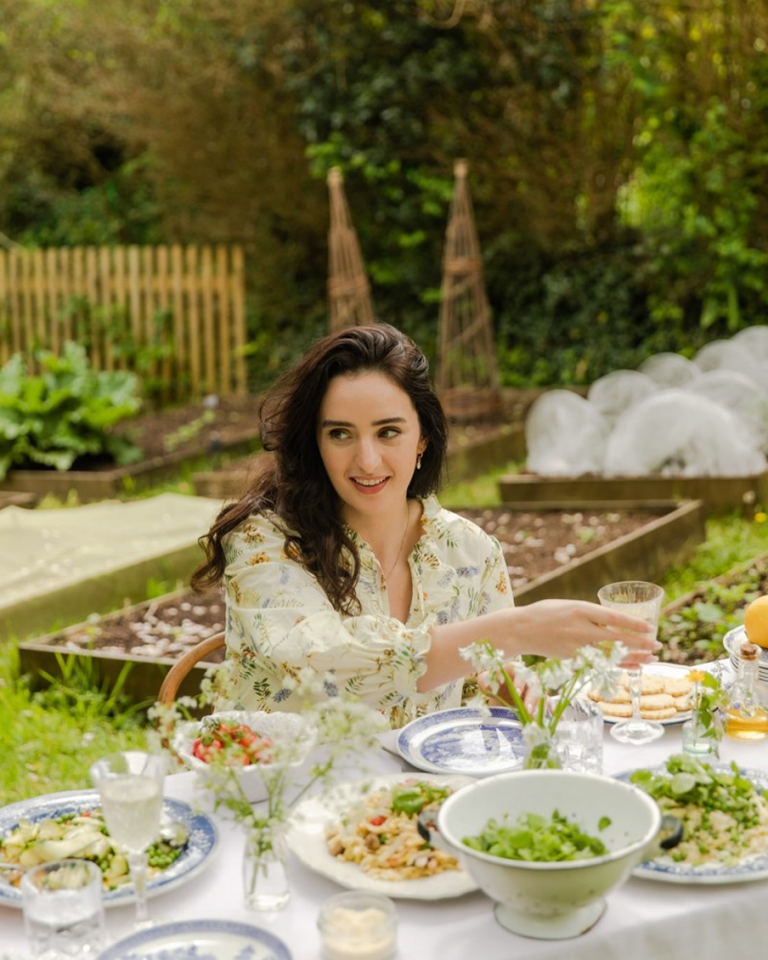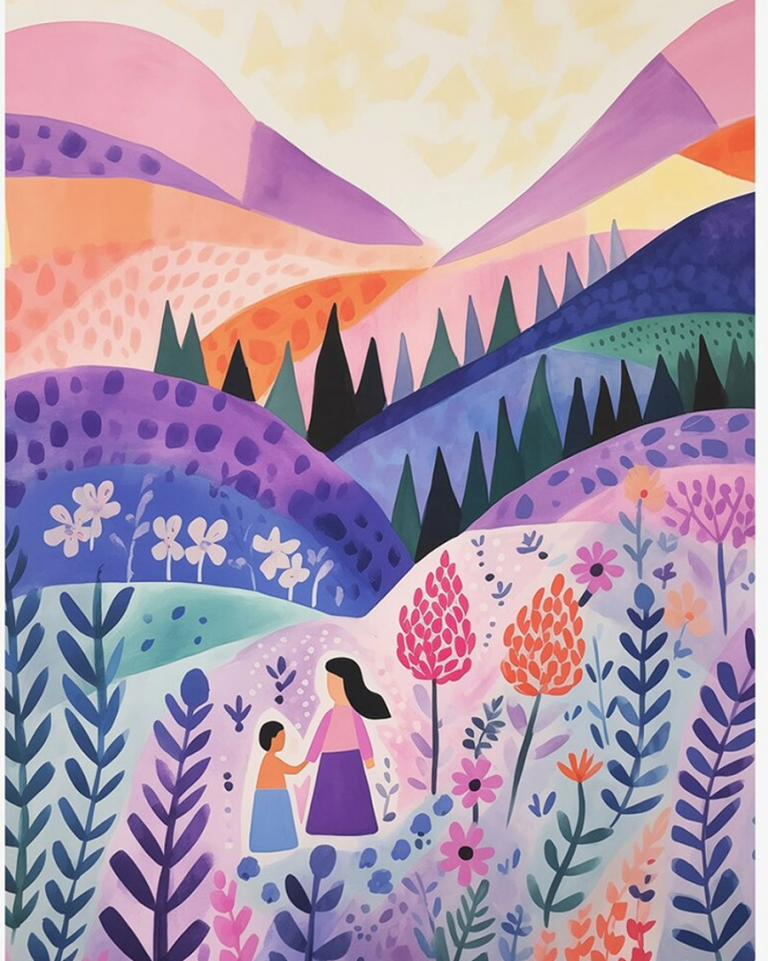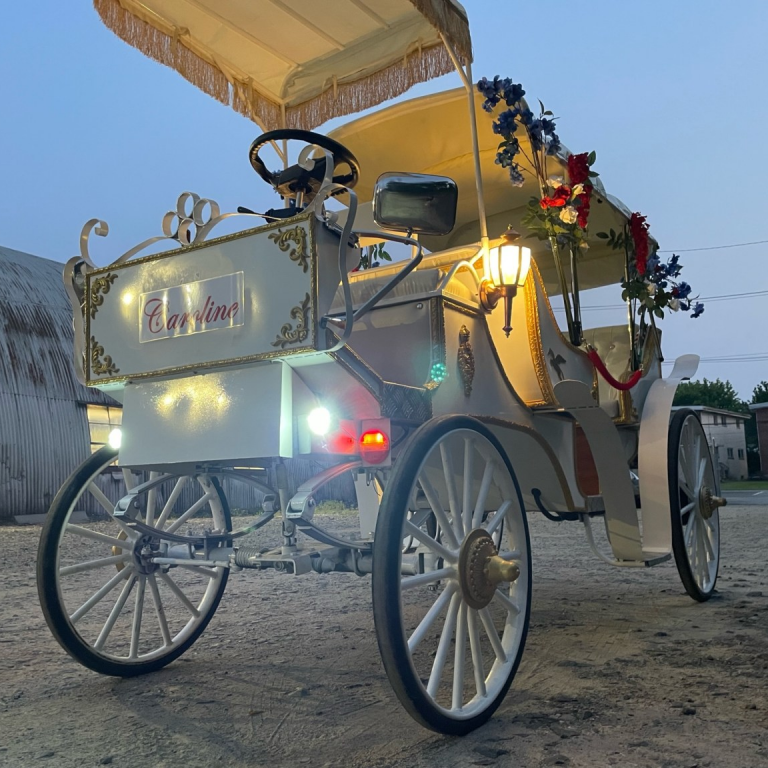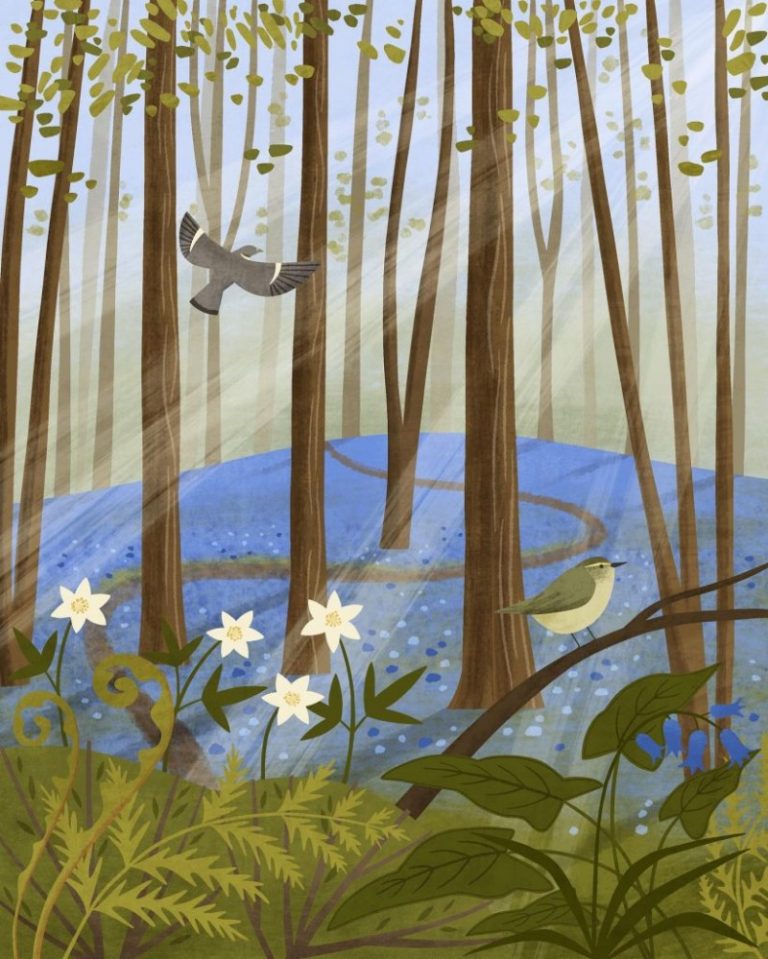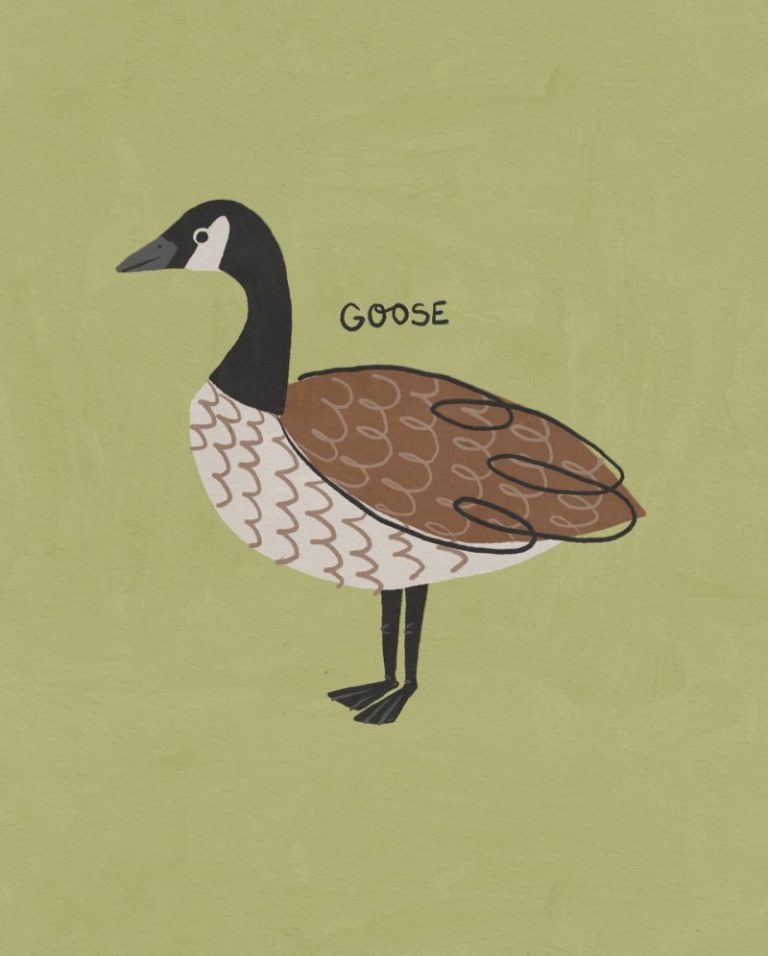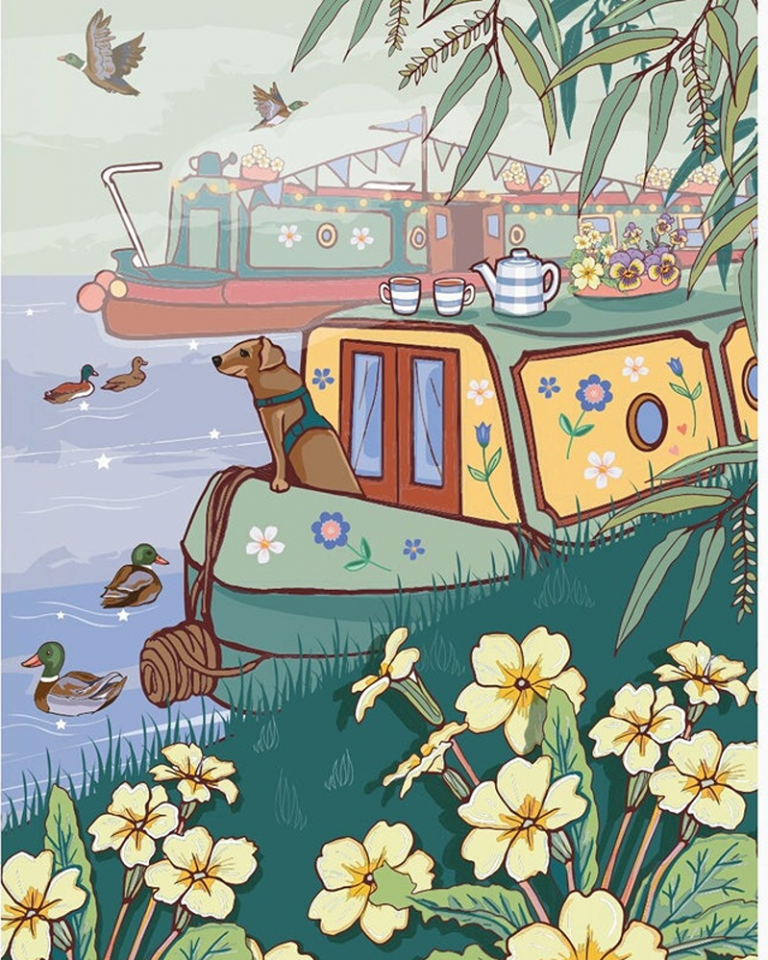
England is home to six species of deer, a key part of our wildlife. These majestic and charming creatures are found in forests (so obviously their habitats have decreased, as wooded areas have been felled for farming and business in recent years).
Deer also eat flowers, so when they lose habitats, some venture onto country estates or even into gardens, which can bring them into conflict with landowners.
Then we have issues with deer-vehicle collisions (which can also harm humans). And of course there is the controversy over the deer-hunting industry (and ‘culling’ deer, which happens in London’s Richmond Park).
England’s Species of Wild Deer

- Red deer are large creatures with red-brown coats, found in large herds in wooded areas, moorlands and mountains. Each autumn, the rutting season means you hear their iconic mating calls.
- Fallow Deer have spotted, white or chocolate coats, and also thrive in large herds in woodlands and grasslands. They have broader antlers than red deer.
- Roe Deer are small agile deer, with red-brown coats that turn to grey-brown in winter. These solitary deer are more common in south and east England.
- Muntjac Deer are small deer known for their distinctive ‘bark’ sound, when alarmed. They have tiny antlers, and often live in forests, parks and can sometimes visit gardens.
- Silka Deer are medium-sized deer with dark stripes on their backs, short tails and white rumps (and glands on their hind legs).
- Chinese Water Deer are small deer with brown coats (that again turn grey in winter). Instead of antlers, they have tusks (and round ears). Making them look a bit like teddy bears!
How to Humanely Deter Unwelcome Deer
If deer are venturing into gardens, this is usually due to lack of natural habitats. So protecting our forests (and planting new ones) is the best solution long-term.
If deer have ventured onto areas where they are causing issues (say golf courses or gardens), there are a few humane and effective deterrents:
- Deer-resistant flowers are one option. Avoid pet-toxic flowers near animal friends. Also avoid netting, as this can cause awful injuries to wildlife.
- Councils can help by not planting flowers in railings, as deer can get stuck in them (and bolt, even if injured).
- Grazers (Yorkshire) is a nontoxic calcium-based substance that makes grass unpalatable to deer and other creatures including wild rabbits (so don’t use on edible grass for pet rabbits and guinea pigs).
- Dense hedges act as natural barriers, without spoiling the view. Tall fencing is the other option (but must be over 8 feet tall, as deer are excellent jumpers, and you don’t want them injured or getting stuck).
Deer prefer peace over conflict. If you come face-to-face with one, stay calm. Avoid sudden movements. Speaking in a slow, steady voice helps too. Remember, they’re probably as startled as you are.
Keeping Deer Safe Near Roads

Each year, the UK has around 75,000 deer/car collisions, with 20 human deaths too. Take care driving at dawn and dusk, be especially vigilant in autumn during rutting season. Some areas of England also have wild boar, and the same advice applies.
Deer are more likely to cross roads near woods, fields or water, especially at dawn and dusk. Deer usually travel in groups. So if you spot one, expect more to follow close behind.
Most roads have signs to warn if deer are nearby. So pay extra attention and reduce your speed. Slowing down gives you more time to react if a deer appears.
It also lowers the impact if a collision can’t be avoided. Even a small drop in speed can make a big difference to safety.
- Keep to speed limits.
- Be alert for wildlife, especially at dawn and dusk.
- Use full beam at night (dipped lights are best in fog, rain or snow, or else light could reflect back and startle).
- Keep your lights, brakes and windscreens in good condition.
- Use a car trash bag to avoid dropping litter out the window. This stops scavengers (and animals that scavenge on dead animals).
Councils can help by installing wildlife reflectors that fit along road verges and send car headlights sideways into the undergrowth. This sudden flash can scare wildlife back from the roadside. Reflectors are most useful in places where other options, like tunnels or fencing, aren’t possible or practical.
They’re quick to fit and don’t cost much, making them an easy way to cut accidents while more permanent fixes are planned. It’s best to buy orange-hued ones, rather than blue/white.
Wildlife crossings abound abroad, but in England we only have a few. The science of ‘road ecology’ looks at how to create tunnels and over-passes to help billions of animals migrate and travel, without harm. The cost is far less than cleaning up roadkill.
You can report traffic accidents (also for wild boar) at Deer Aware, so they know hotspots to launch awareness campaigns. Download free ‘Deer About’ posters.
If you see an injured deer, call the RSPCA . But also call the police as a traffic hazard (trained marksmen often arrive sooner, and can immediately shoot deer in pain, to prevent further suffering). Read more on making roads safer for wildlife.
Don’t try to move a live injured deer yourself – most are strong and could run off while injured, it’s better to wait for help. Keep the area quiet, and cover the creature with a blanket, to help calm, until help arrives.
Why Hunting for Deer Is Wrong

League Against Cruel Sports say that hunting deer is particularly unkind. This is because they have no sweat glands, so are exhausted from heatstroke, by the time they are killed.
This charity has created sanctuaries where deer have literally ‘leaped over the border into safe territory’ where they are safe from hunters. It also conducts investigations into illegal shoots and hunts.
You can report concerns about illegal hunting or coursing to Animal Crimewatch and National Wildlife Crime Unit (can be anonymous).
Hunting of red deer still takes place from August to April in Devon and Somerset.
Write to your MP, to ask him or her to support a ban on hunting deer.
If the League Against Cruel Sports didn’t exist, I’d have started it myself. Bill Oddie OBE (President)
The Controversy of Gamekeepers Culling Deer
Some public parks (like Richmond Park in London) employ gamekeepers to shoot deer, to keep numbers down. They argue that not doing this, would lead to some deer starving (as this not enough food). The meat is then sold as venison.
In Maryland (USA), deer contraception is used instead to prevent overpopulation. Opponents say that rounding up deer would traumatise them. However, many times the contraception is ‘darted’ into the deer (with a gun, just like shooting). So this argument does not seem to weigh up.
One Man Lives Alone (with Deer) for 7 Years
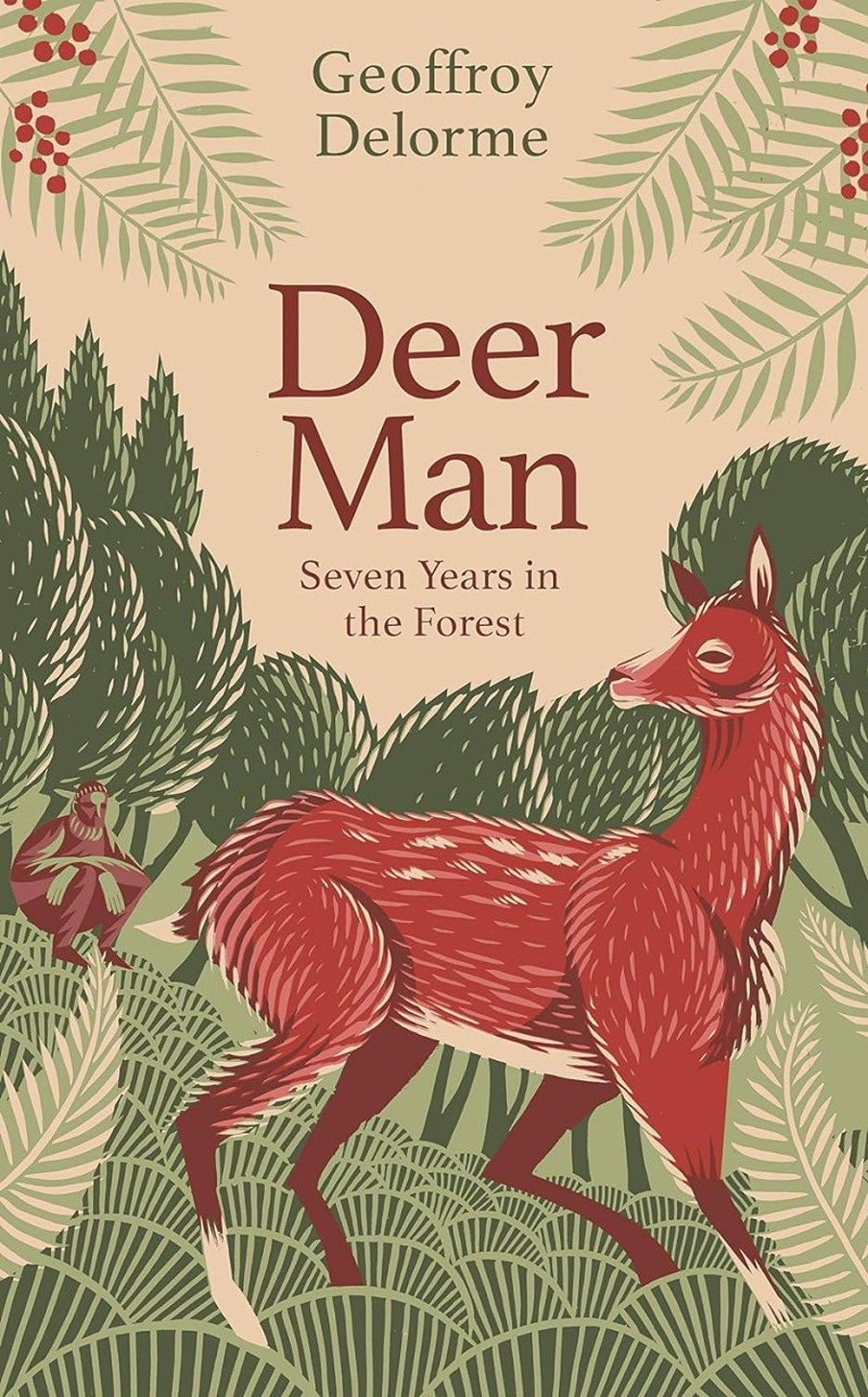
Read Deer Man, the story of a Frenchman who does what perhaps many of us would dream of doing. He lives alone in the forest – for seven whole years.
But more than that, he makes friends with a herd of deer who over time, come to trust him. They even bring him into their clan, play ‘tag’ with him and tell him where the best food is!
This is a lovely book by a gifted writer, who really gets to the essence of life in the forest. He talks of mischievous squirrels, who think nothing of ‘throwing pine cones at him’ if he is sleeping under a tree, blocking their way to food!
The author eventually left, to speak the truth to a human world that desperately needs to hear that we should not take our natural world for granted, and work to protect it.
Roe deer rest day and night for one or two hour cycles. I realise that sleeping at night isn’t compulsory, as long as you rest from time to time. I decide to base the rhythm of my life on his; except that, since my stomach has just the one chamber, when he chews the cud, I meditate instead.
Geoffroy Delorme is a naturalist and photographer. Deer Man, a bestseller in France, has been translated into eleven languages. He lives in Normandy.
Don’t Give Dogs ‘Antler Chews’
You may have seen these chews – antlers that naturally drop off deer, and are sold in the pet food industry as ‘natural chews’.
However vets say they are so hard, that they can break teeth and cause choking (same with rawhide). They suggest instead to use safe quality treats, always under supervision. One vet says ‘never give a dog a chew, that you would not like to be whacked on the knee with’.

